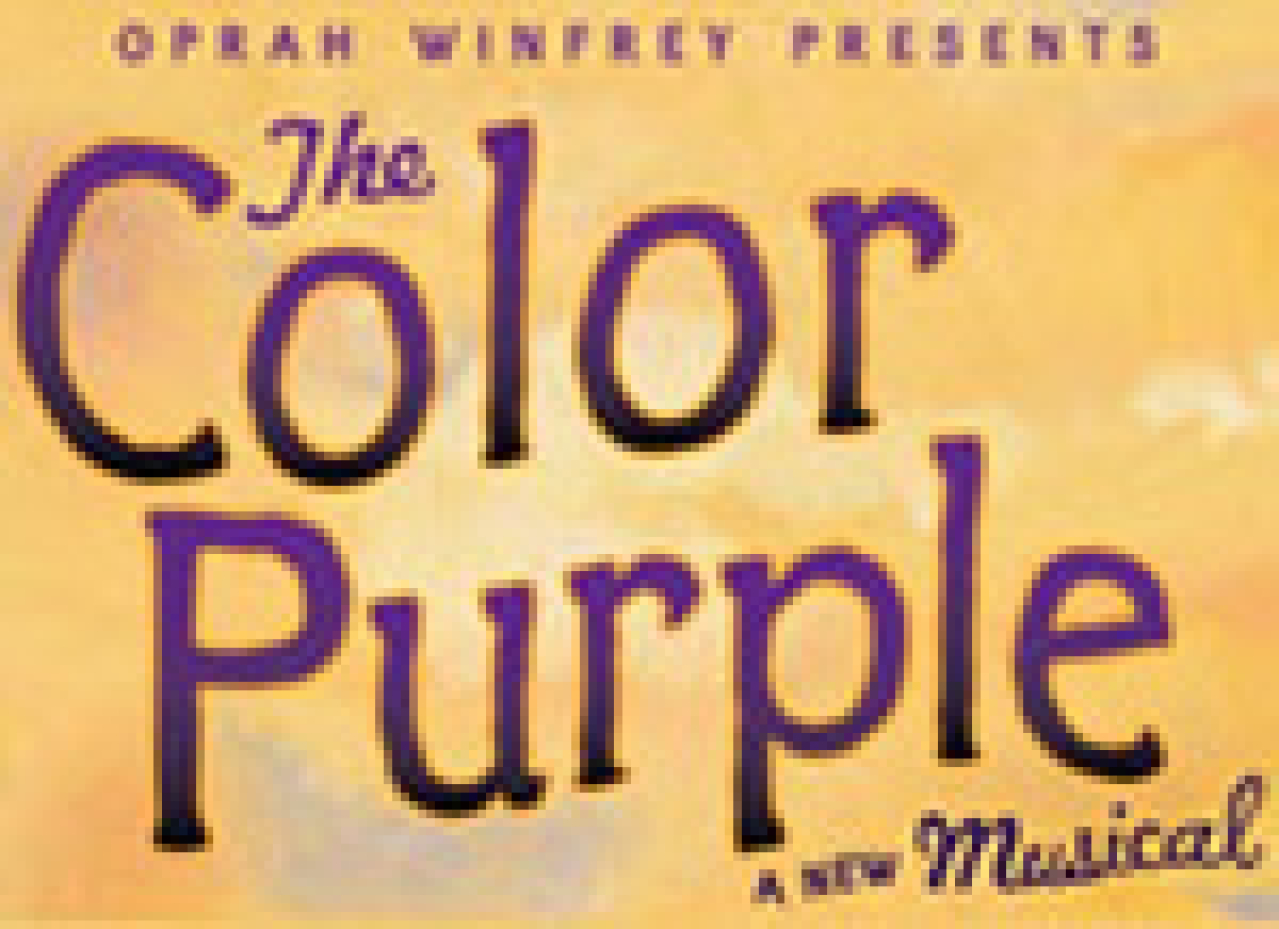The Color Purple

in The Color Purple
(© Paul Kolnik)
The first national company of The Color Purple opened at the Cadillac Palace Theatre last night with Mayor Richard M. Daley, Reverend Jesse Jackson and the show’s name-above-the-title producer, Oprah Winfrey, in attendance.
The hoopla is not altogether surprising, since the show has several Chicago connections. In addition to Winfrey, director Gary Griffin is associate artistic director of Chicago Shakespeare Theater; Felicia P. Fields, the hefty and rock-voiced local theater favorite, has smartly been brought home to recreate her Tony Award-nominated role as Sofia; and the incredibly svelte Michelle Williams, who plays sexy singer Shug Avery, was born in Rockford, Illinois.
In the 18 months since the show first began previews on Broadway, a lot of work has clearly gone into reshaping the musical, and the resulting version is now quite a moving and entertaining show, although it’s still not a great musical. Fortunately, this Chicago production also boasts a top-drawer cast, led by the sensational Jeanette Bayardelle as Celie. She unleashes her dazzling vocal power only a little at a time as Celie blossoms from meek and repressed girl to a fully-empowered woman, and her intentional vocal restraint in Act I is part of Bayardelle’s authoritative dramatic portrayal of Celie’s journey of discovery.
When I first saw The Color Purple during its New York previews, it lacked stylistic focus and felt cobbled together, as if a big number had been inserted here for Performer A and another number inserted there as comic relief. Moreover, the choreography by Donald Byrd seemed secondary to the show as a whole. As the show has finally emerged, many of the extraneous numbers were discarded to tighten the storytelling and reduce the cobbled-together feel.
The vigorous score, by Brenda Russell, Allee Willis, and Stephen Bray, now sounds seamless. It is overwhelmingly R&B based, with some tasty concessions to gospel shout, boogie and Big Band. And if it isn’t overly memorable — there’s no tune you’ll walk out humming — it’s nonetheless a rouser that serves the show with great strength.
Byrd’s choreography, largely in the form of musical staging rather than big-scale production numbers, now seems well integrated. True, Act II, with its huge location jump to tell the saga of Celie’s long-absent sister in Africa, still has numbers that seem placed for effect rather than need, but most audiences won’t notice or won’t care. Best of all, the multiple storylines of this epic saga are pulled together for a touching finale.
That’s no easy task. Alice Walker’s remarkable, pithy novel was told completely through letters that detail Celie’s tremendous loss and suffering before finding emotional and sexual fulfillment, a structure that was greatly changed for the stage by Pulitzer Prize winner Marsha Norman. The musical’s lengthy timespan — roughly 1909 to 1949 — and Celie’s difficult upward climb make the piece seem Dickensian, as does Celie’s unswerving decency, humanity, and perseverance.
Moreover, in the rural Georgia setting where most of the tale takes place, there are no references to either World War or The Great Depression, as if the characters are living in a tiny parallel universe. Accordingly, Celie takes the greatest soul journey of all without ever entering the greater world. As she sings at the happy ending, “Mostly I’m grateful for knowing who I really am.”
Fans of the original novel — or even the celebrated Steven Spielberg film — should understand that the musical doesn’t duplicate its predecessors. Musical theater is its own beast, with its own rules and needs, preserving only the largest elements of character and story to create a theatrical narrative. But The Color Purple most definitely remains true to the intent and power of Alice Walker’s feminist tale of endurance, faith, and redemption.











